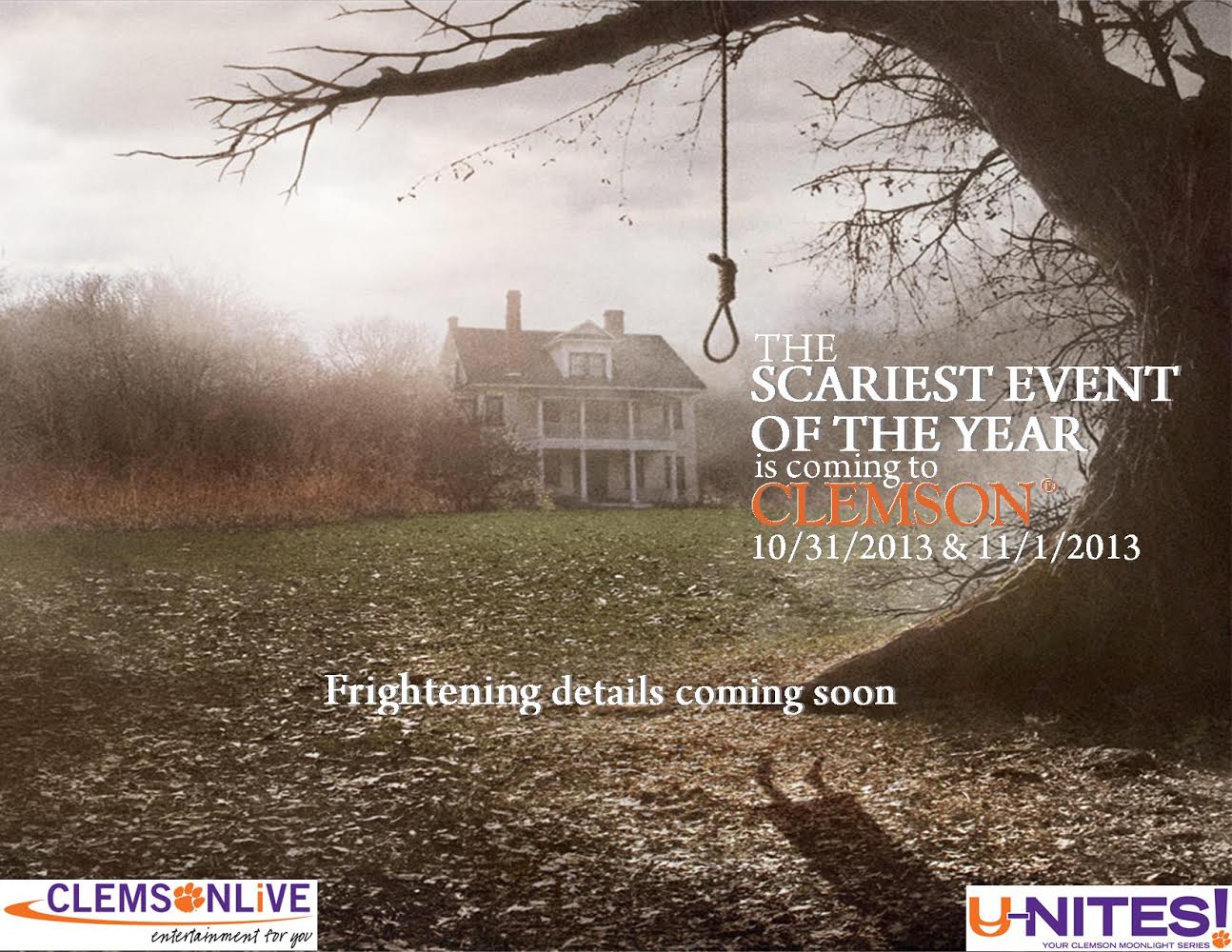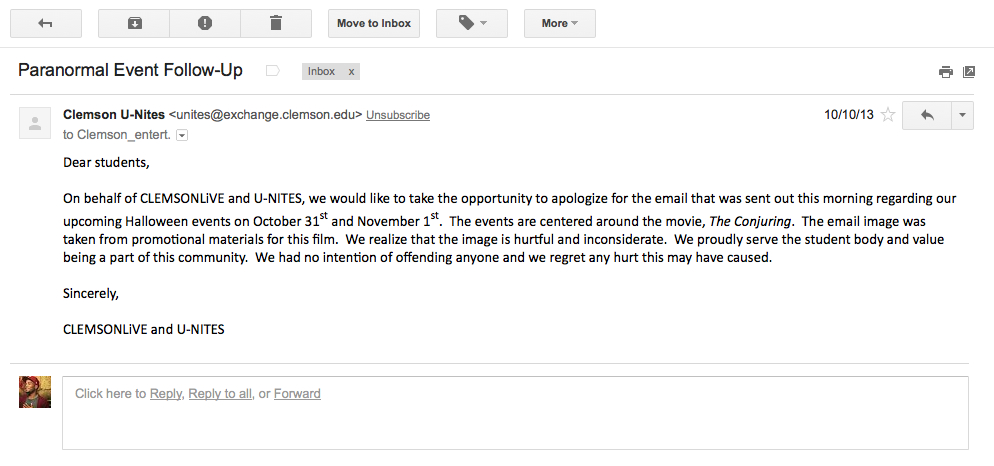“Let’s talk about time traveling, rhyme javelin,
something mind unraveling.
Get down.”
—André 3000 [OutKast], “Return of the “G”,” Aquemini, 2008
My process of composing the mixtapes from which “Owning My Masters” is composed each began with songs, which are reflective of my particular experience in the moments they were composed. Those experiences translated into rhymes, poems, or instrumental musics.
The matching of lyrics to the proper instrumental or instrumentals to proper lyrics or the writing of both together are unique to each piece of the larger composition. I have been fortunate to sustain relationships with collaborators, particularly Truth and Preme, who produce instrumental music with and for me to create the mixtap/e/ssays I’ve compiled since arriving at Clemson.
The recording process for each song varies just a bit, but each session has common elements. I used Cool Edit Pro/Adobe Audition for recording and editing all vocals. I alternated between two different condenser microphones. The difference is usually a matter of where I’m recording more than what I’m recording [I had to record on my laptop when I was in Saas-Fee, Switzerland, which was an entirely different process than recording at home because of adjustments to the room and using a portable setup]. Wherever I’m recording, levels are adjusted for the tone and volume of the track the music [if there is music used; often, when I’m recording a piece of poetry I record the vocals first, and then the music is composed around/with the words pre-existing as a sound file, as was the case with “See The Stripes”]. After vocals and music are recorded, the mixing process can be ongoing for as long as I’m unsatisfied with the sound. Normally I try to get volume levels suitable for listening outside of the computer/headphones, and then I make a version of the pre-mixed song to listen to through my phone and in my car as well as aloud through the system in my recording room. When I’m satisfied with a mix I tag the song as “[Finished]” for my files and then save it on both an internal and external drive and save the individual tracks in the computer in case I need to make adjustments later.
Writing Term One began with the acquittal of George Zimmerman on July 12, 2013. On Sunday, the 13th I wrote “Right Here In America” to the instrumental of Jay-Z’s “Somewhere In America” from the Magna Carta Holy Grail album. I wasn’t sure what the project would look like, but writing that song helped me get to the rest of what’s written there. The same week I recorded “Right Here In America” I received the instrumental to “Dissertation [The Introduction: Part I]” from Truth, via email. I wrote most of the lyrics in the back seat of a friend’s minivan as his family was in Five Guys in Anderson, SC getting lunch. I was planning on eating lunch with them, but once I opened the email and heard the sample, the singing, “You know how it feels / You understand / What it is to be a stranger in this unfriendly land / Here’s my…” I started writing what would become portions of the third verse: “If you know, you know I ain’t afraid of spittin’ / what I know is true ‘cause I’m south of the Mason-Dixon.” Half of the song was written in the van, and I finished writing and began recording when I got home. One of the benefits of bringing equipment with me to South Carolina is the ability to record whenever inspiration strikes. The first draft of the song was finished that evening, and I would continue working on it throughout the semester, ultimately shooting and recording a video on campus for a project in Dr. Jan Holmevik’s RCID 8850: Rhetorics, Communication, and Information Technology course, which set me on to the interrogation of the Fort Hill Plantation House on campus. In addition to the two aforementioned pieces, I had permission from Preme to use the entire playlist from his Django: The D is Silent beat flip tape. These beats were great because of their connection to the film Django Unchained and how that film’s narrative stood in stark contrast to my current journey and other films I would see that semester, namely Fruitvale Station and 12 Years A Slave.
On campus, adjusting was made more challenging by the seeming disconnect between the historical land and the conscientiousness of the campus community. Not only were there the interpersonal turmoils of being a first year graduate student, some of the on-campus programming seemed problematic.
On October 10th I [and, presumably, all students] received this in an email with no accompanying text.
A bit later that evening there was a follow-up email:
As isolated incidents this email and follow-up would be less significant, but they were part of my introduction to Clemson University and South Carolina, and therefore part of the composition process of the mixtape I wrote and recorded that first semester. Over the course of the semester I wrote at a fairly regular pace and was able to complete at least one track in each week, which made the first term the most productive of all with regard to my songwriting and music production. At the end of the term I had 19 tracks, 16 of which I used for the Term One project. There seemed to be a theme that ran through the project, so the pieces not included were only left out for that reason. The introduction was the last piece added, combining the playing of “Dixie” with vocals taken from Minister Louis Farrakhan’s “Savior’s Day” speech, aptly title “The Birth of a Nation.”


